 Abraham Lincoln
If given the truth, the people can be depended upon to meet any national crisis...
Abraham Lincoln
If given the truth, the people can be depended upon to meet any national crisis...
 Guildford news...
for Guildford people, brought to you by Guildford reporters - Guildford's own news service
Guildford news...
for Guildford people, brought to you by Guildford reporters - Guildford's own news service
Birdwatcher’s Diary No.198
Published on: 10 Nov, 2019
Updated on: 10 Nov, 2019
By Malcolm Fincham
Autumn had truly arrived in the Surrey Hills as we entered the month of October.
My time has been restricted by the lessening daylight hours, inclement weather and other commitments. The latter included, of course, the pleasurable birdwatching trip to the Isles of Scilly featured in my previous report.
I found less time than hoped to visit the local patches around the Guildford area, I am renown to go to.
However, I was able to witness my first sightings of winter visitors during the first week of the month. A few redwings had already arrived across the North Sea on a brief spell of north-easterly winds.
It wasn’t until the middle of the month that I was able to get my first photos this autumn of a few of a small flock of 20 or so redwings as they flew overhead while I was visiting Whitmoor Common on October 15.
Most noticeable at this time of year are jays flying back and forth in deciduous woodland areas.
Busily, they can often be seen with an acorn in their beaks.
But jays have the ability to carry at least eight more in their throats, and can be seen to have noticeably bulging necks.
Taking advantage of the mild weather, as well as one of the better days for sunshine that week, I got close enough to view Dartford warblers that are resident on Whitmoor Common; and in good numbers too, for the size of the heathland.
“Hopefully the coming winter won’t be to harsh for them again this year,” I thought to myself, as I continued to enjoy their presence. I took advantage of the weakening glow of the lowering sun, to “snatch” a few more pictures of them, as it began to sink over my shoulder.
Other sightings there included a mistle thrush perched on a post in the field that borders the woodland at the edge of the heath.
While a pair of green woodpeckers flew across the field some distance away, though instantly recognised by their undulating flight.
Various types of fungi could now be found growing in the damp October soil.
Arguably the most iconic among the toadstools could be found flourishing near the roots of some of the many birch trees on the common is the fly agaric.
They are often pictured and written about in fairy tales, including Lewis Carroll’s Alice’s Adventures in Wonderland.
Up in one of the dead birch trees, a great spotted woodpecker could be seen.
While a treecreeper worked its way up the bark of a nearby tree.
Among the holly bushes, I was able to pick out goldcrest, the smallest of our UK birds.
Other resident spices included stonechats, which could still be found around the heathland areas, and a dunnock.
I also managed to find my first wintering lesser redpoll among a mixed flock of small birds.
As well as a reed bunting, before the light faded it out of recognition.
Meadow pipits were now increasing in number there, building up into a winter flock in excess of 70 birds, by the end of the month.
They lined up along the overhead cables as the daylight began to wane.
They were briefly joined by a fieldfare for just long enough to allow me a photo. My first fieldfare of autumn and to end the day.
At Britten’s Pond, just down the road from Whitmoor Common, a resident kingfisher continued to show throughout October.
It is an ideal stretch of water to go to when the weather is showery. Especially as it doesn’t involve too much walking on my lazier days – as well as not too far to retreat back to the car to avoid a soaking when the showers arrive.
At the Riverside Nature Reserve, near Burpham, the autumn leaves had begun to fall. Looking out on the flooded field from the towpath by Stoke Lock, a few wintering teal had made their return.
Also in the field the first of an annual sighting of a stonechat could be viewed.
Most of the usual respective birds continued to be on show. These included the ever present small flocks of long-tailed tits.
A few chiffchaffs, although now silent of song, could be picked out as they flitted around in the sallows by the lakeside.
A male kestrel hovered over the grassland, looking for prey.
Cormorants continue to be a common sight there. The can occasionally be seen perched high up on one of the pylons.
Starlings continued to gather on the surrounding framework and along the wires.
Canada geese could often be seen in varying number on the lake. Not knowing how to migrate properly, having lost their migratory instincts since their introduction to the UK as an ornamental species.
Now confused and migrating from lake to lake around the Guildford area and beyond.
As many as three great crested grebes, now in their winter plumage, could be viewed most days on the lake.
While on most visits as many as three little grebes could also be seen.
Wintering tufted ducks continued to increase as the month progressed. I counted at least 20 on the lake as the month came to a close.
Taking up much therapeutic time for me, as well as untold patience, I would allow myself to lose track of that abstract concept better known as “time” to take a sequence of photos (shown below) as I sat by the the lakeside.
The most endearing “critter” to see there on most of my visits had to be a kingfisher properly ignoring the no fishing notice.
Responses to Birdwatcher’s Diary No.198
Leave a Comment Cancel replyPlease see our comments policy. All comments are moderated and may take time to appear. Full names, or at least initial and surname, must be given.
Recent Articles
- Dragon Interview: Council Leader on the Latest HRA Report
- Stage Dragon: Murder on the Orient Express – Yvonne Arnaud Theatre
- Letter: GBC Improvement Work Was Hampered By Its Culture
- Letter: Half and Half is the Solution for Clandon House
- Camberley’s House of Fraser To Be Left Mothballed
- HRA Report Shows Overspend and Possible Fraud Occurred Despite Many Warnings
- Letter: Those in Elected Office Should Refrain from Deliberately Misleading the Public
- Cup Run Ends After City Fade in Second Half
- Press Regulator Condemns Behaviour of News Group Newspapers
- MP Says Raw Sewage Flooding Gardens Is ‘Absolutely Disgusting’ – ‘Thames Water Must Stop It’


Recent Comments
- Jim Allen on Letter: GBC Improvement Work Was Hampered By Its Culture
- Jules Cranwell on HRA Report Shows Overspend and Possible Fraud Occurred Despite Many Warnings
- George Potter on HRA Report Shows Overspend and Possible Fraud Occurred Despite Many Warnings
- Richard Benson on Letter: Those in Elected Office Should Refrain from Deliberately Misleading the Public
- Valerie Thompson on Opinion: We Should Restore Clandon House
- Frank Ayling on Where Is This? No.221
Search in Site
Media Gallery
Dragon Interview: Local Artist Leaves Her Mark At One of England’s Most Historic Buildings
January 21, 2023 / No Comment / Read MoreDragon Interview: Lib Dem Planning Chair: ‘Current Policy Doesn’t Work for Local People’
January 19, 2023 / No Comment / Read MoreA3 Tunnel in Guildford ‘Necessary’ for New Homes, Says Guildford’s MP
January 10, 2023 / No Comment / Read More‘Madness’ for London Road Scheme to Go Ahead Against ‘Huge Opposition’, Says SCC Leader
January 6, 2023 / No Comment / Read MoreCouncillor’s Son Starts Campaign for More Consultation on North Street Plan
December 30, 2022 / No Comment / Read MoreCounty Council Climbs Down Over London Road Works – Further ‘Engagement’ Period Announced
December 14, 2022 / No Comment / Read MoreDragon Interview: GBC Reaction to the Government’s Expected Decision to Relax Housing Targets
December 7, 2022 / No Comment / Read MoreHow Can Our Town Centre Businesses Recover? Watch the Shop Front Debate
May 18, 2020 / No Comment / Read More



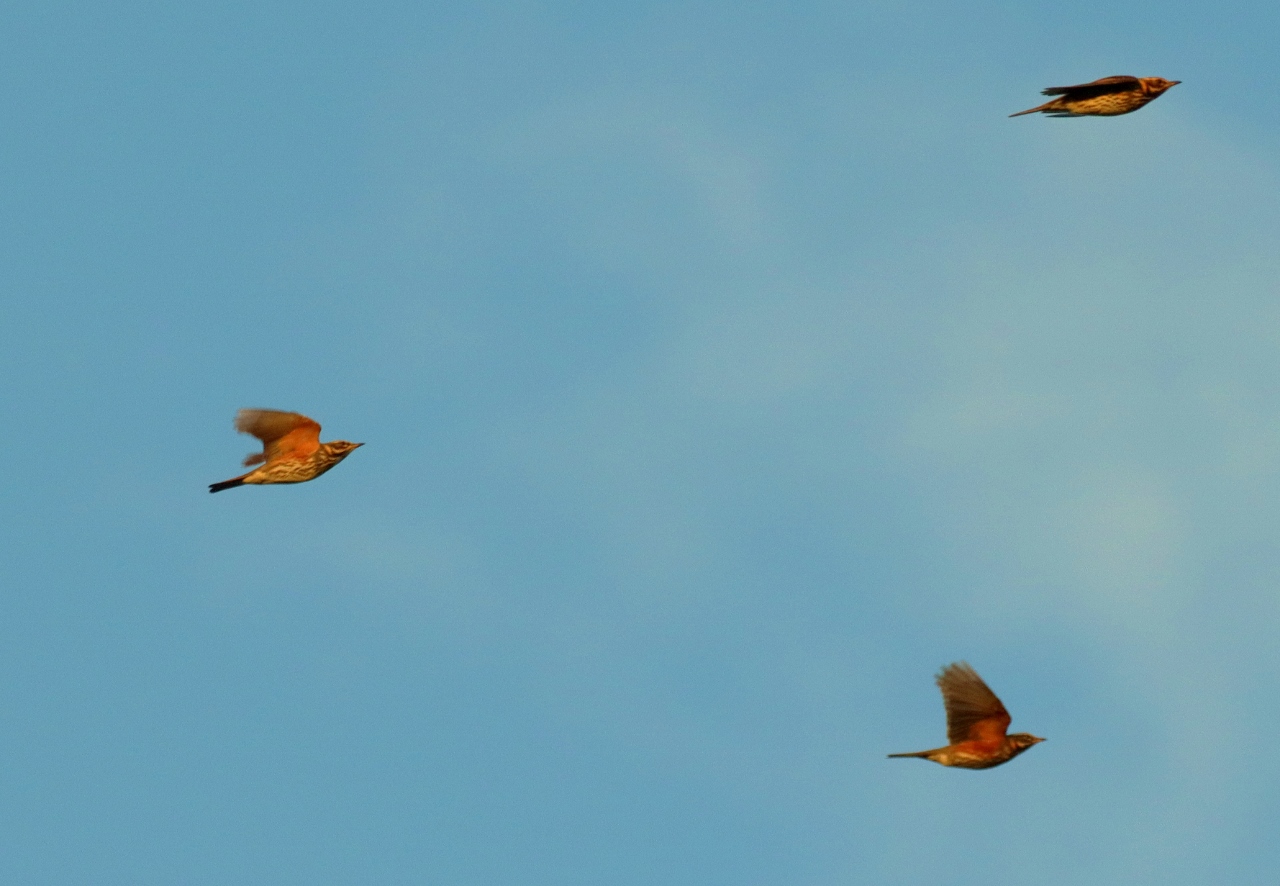
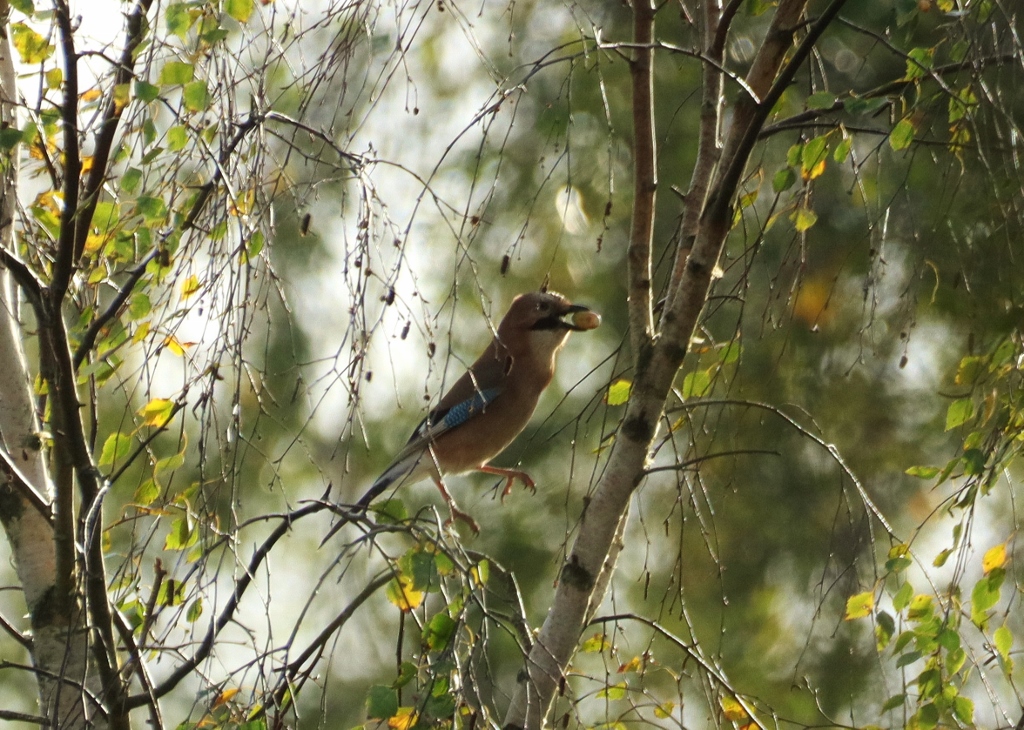
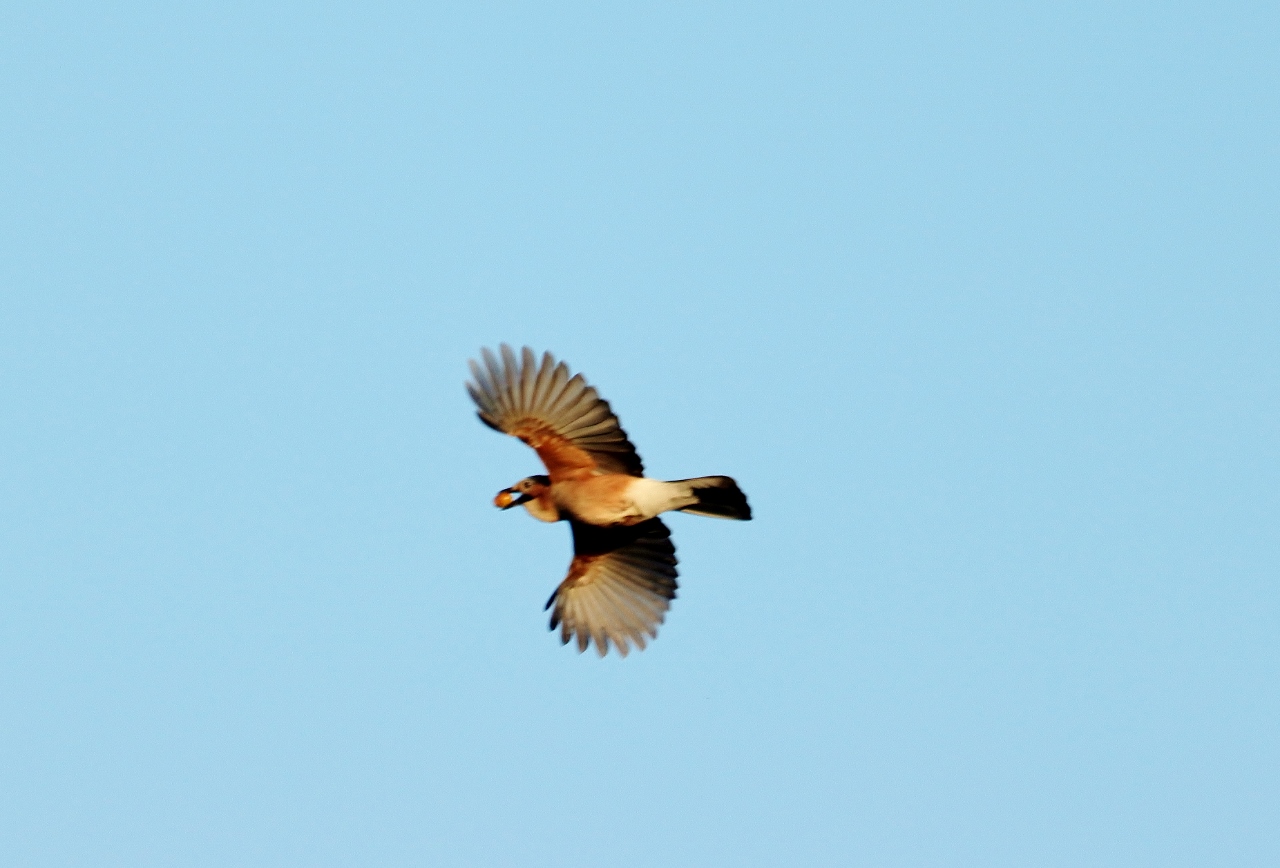
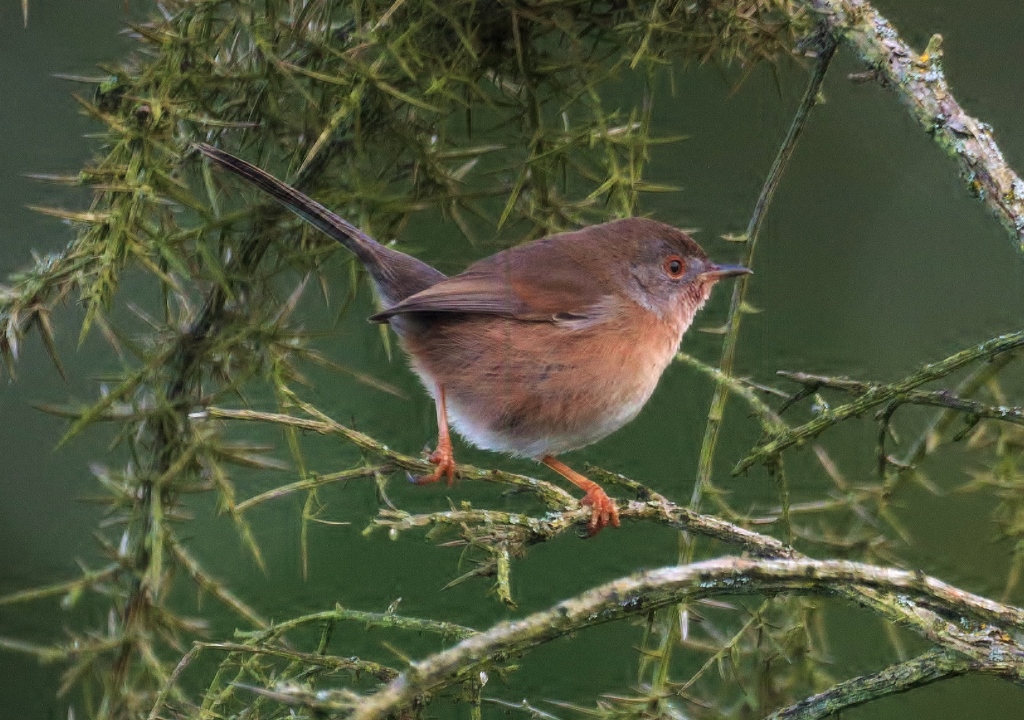
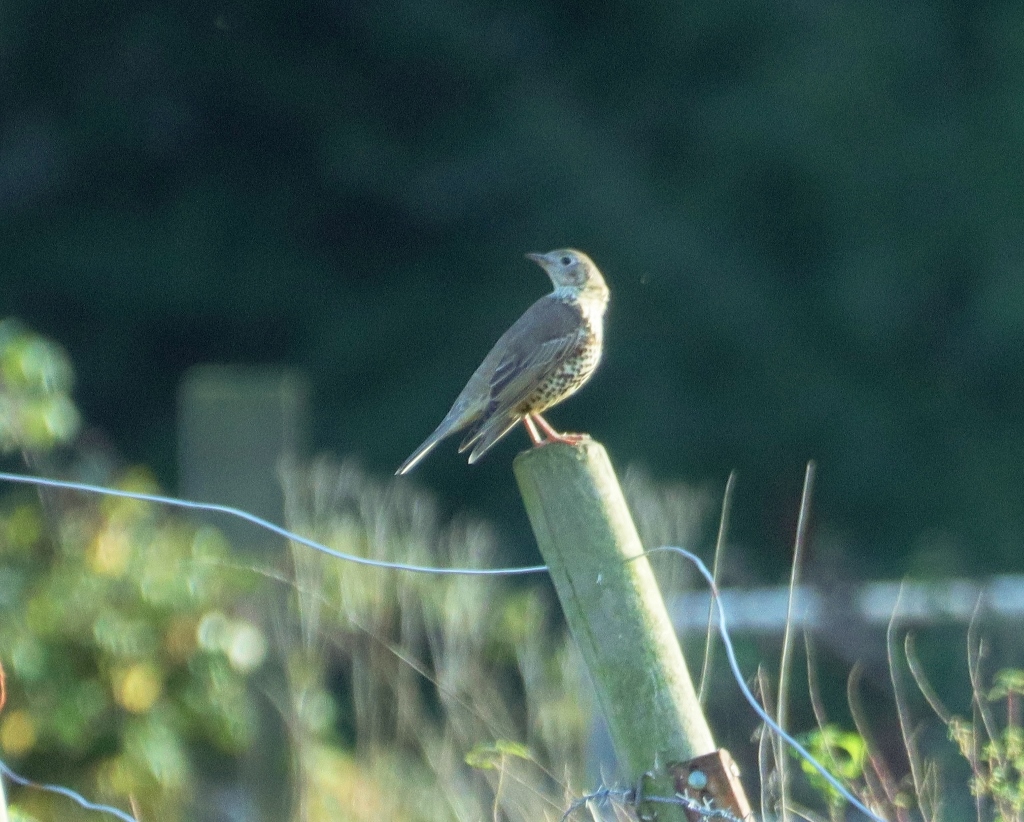

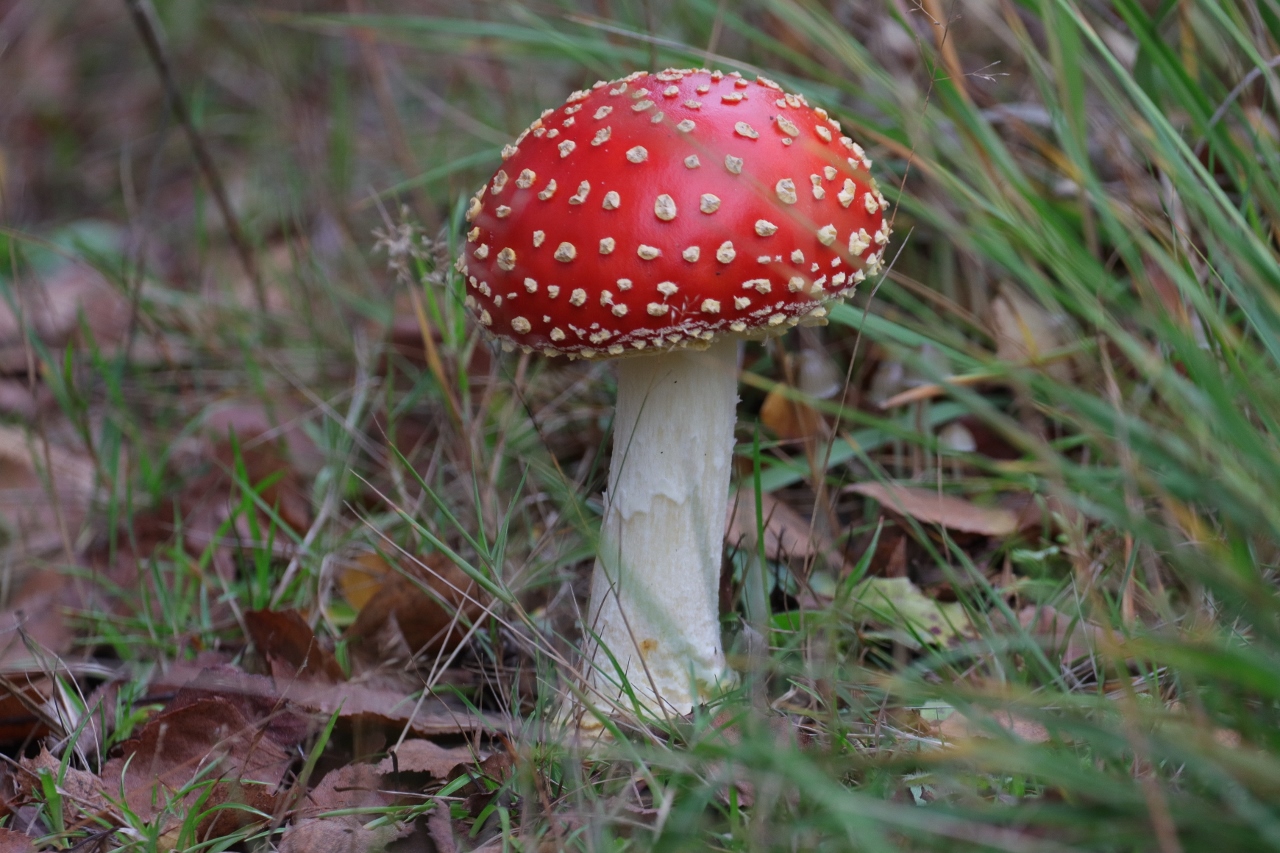
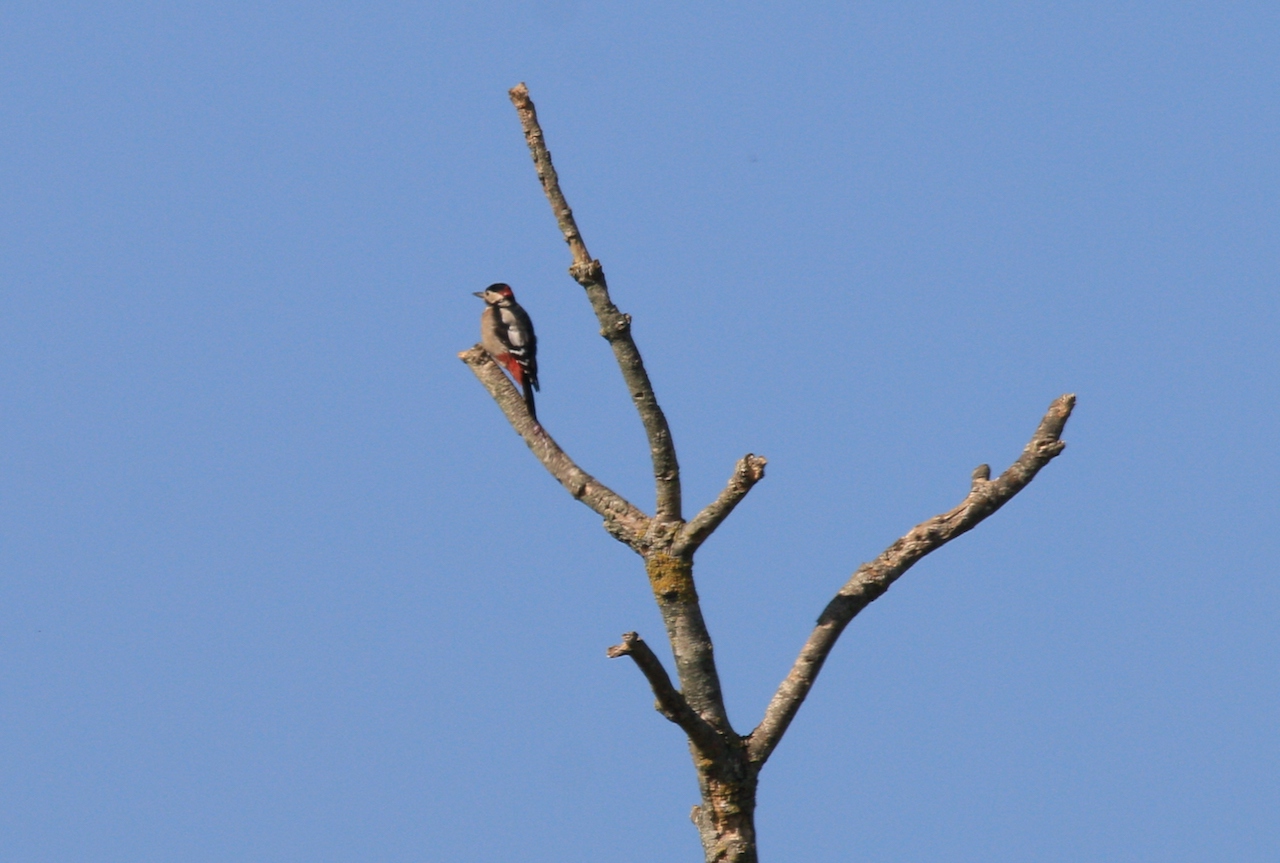
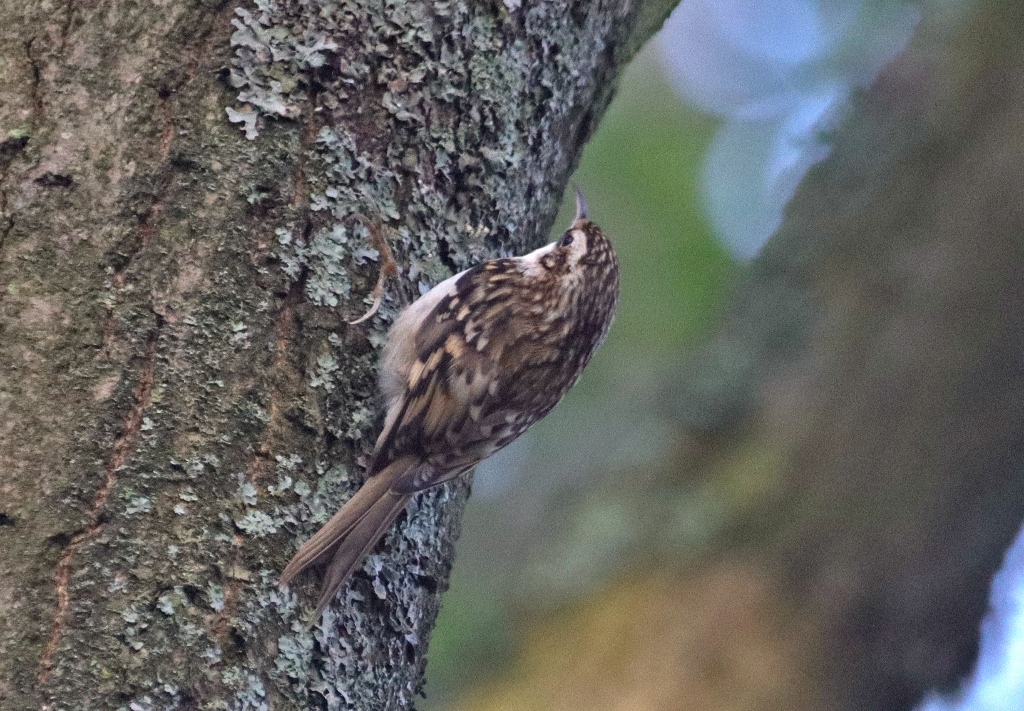
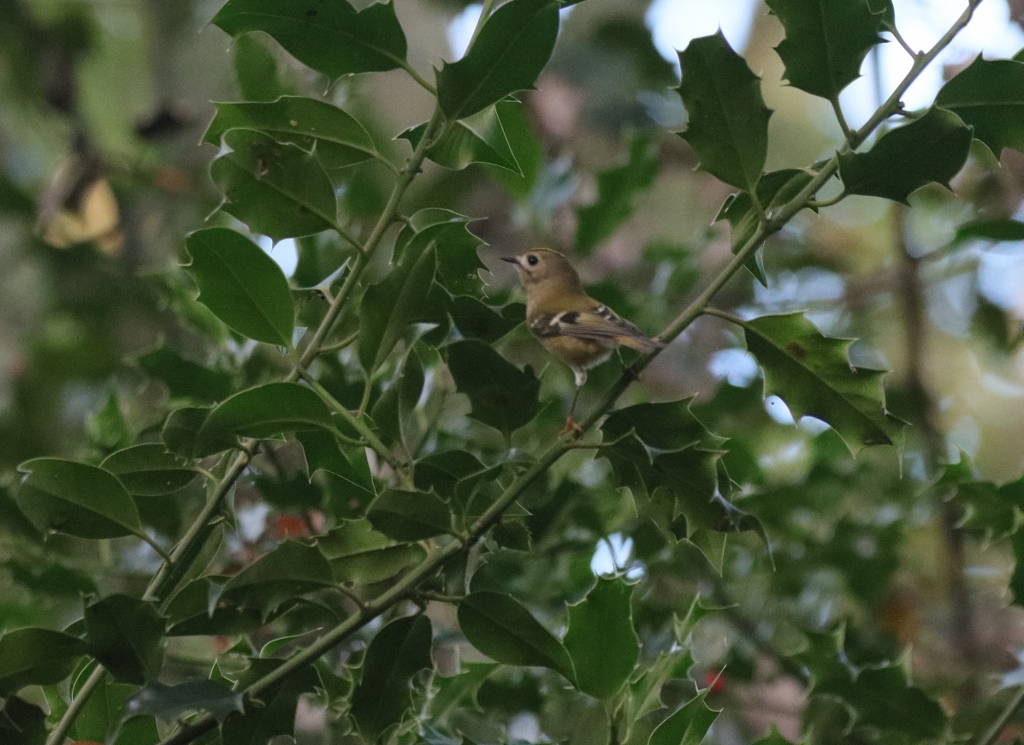
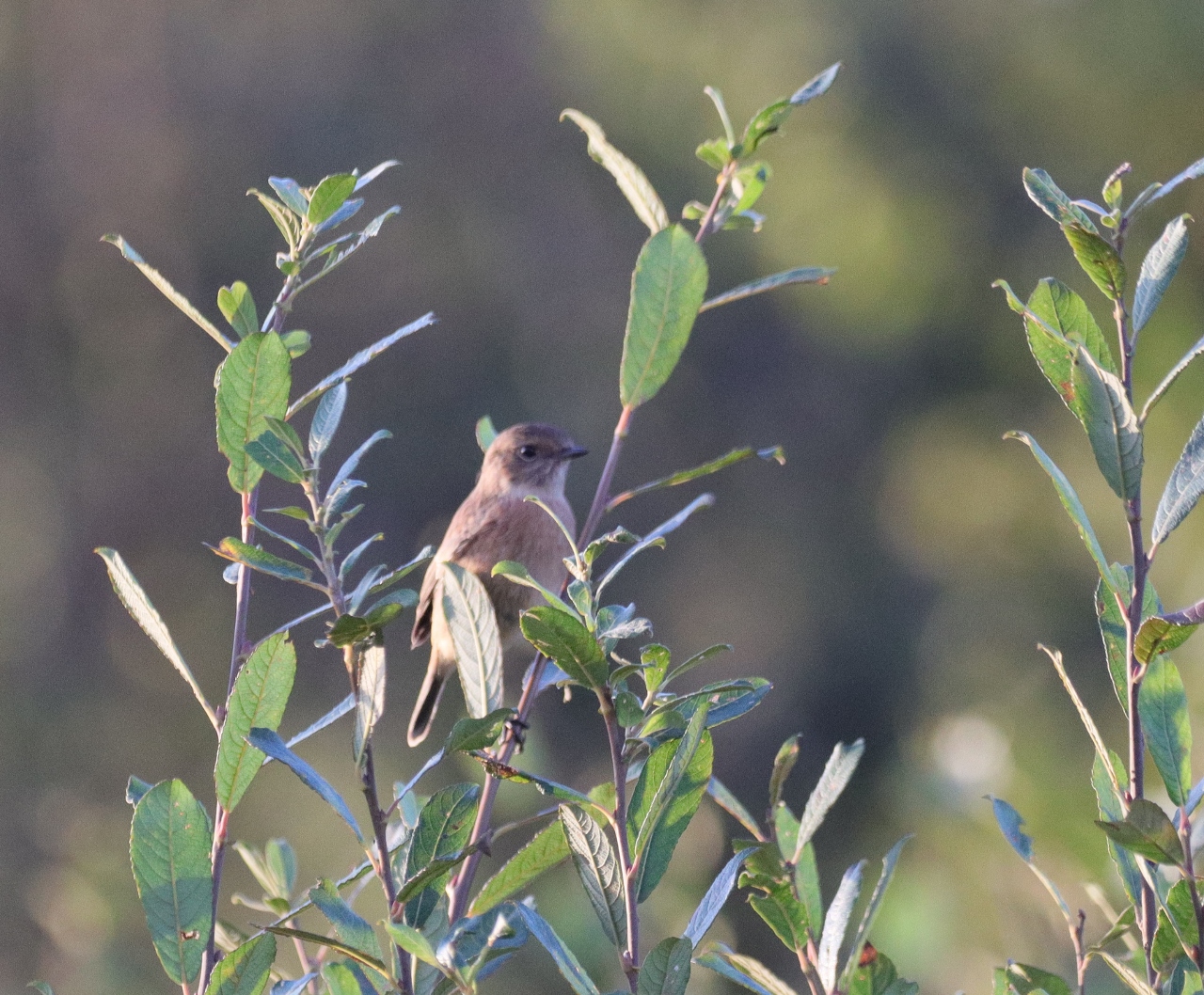
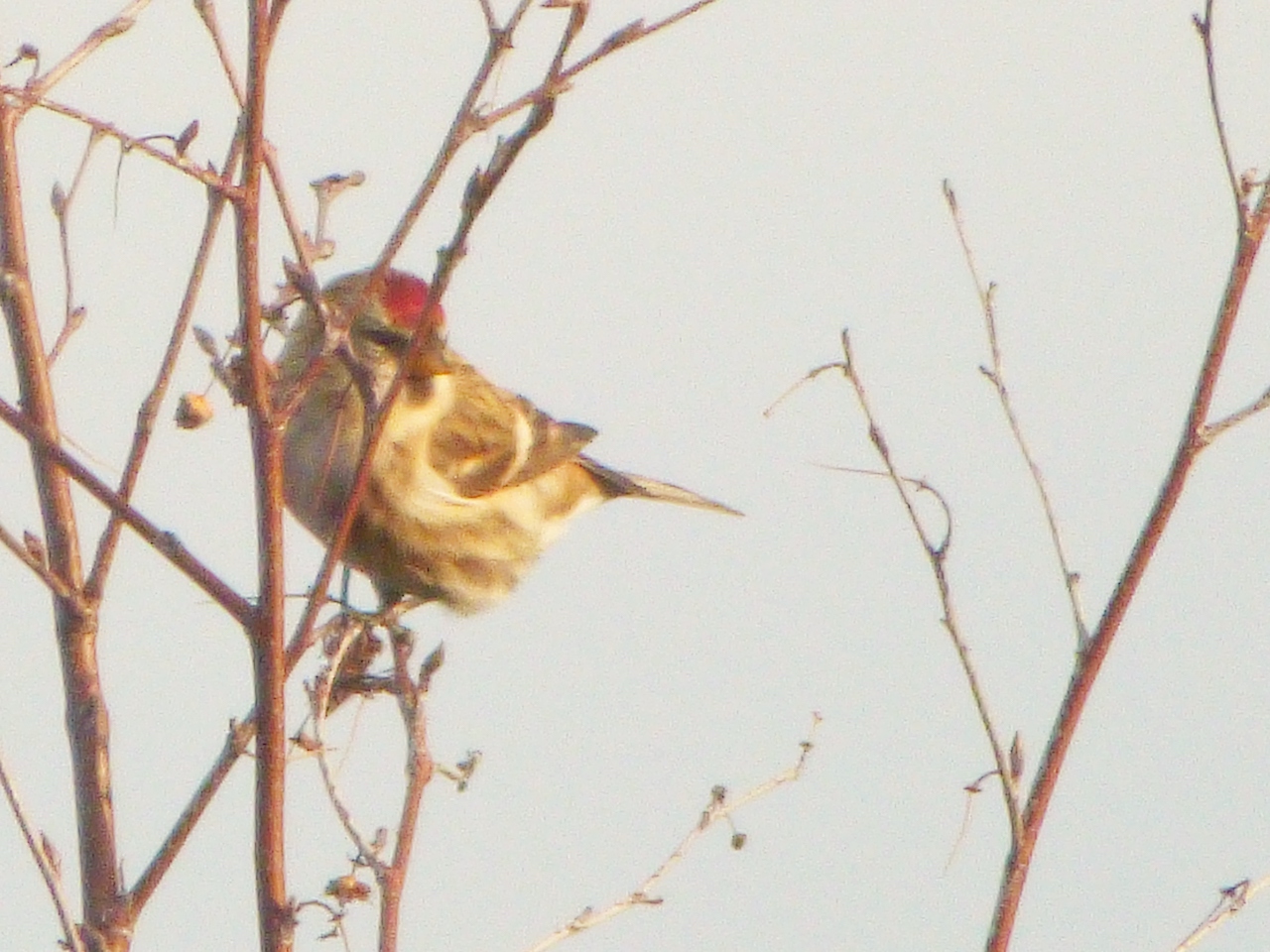

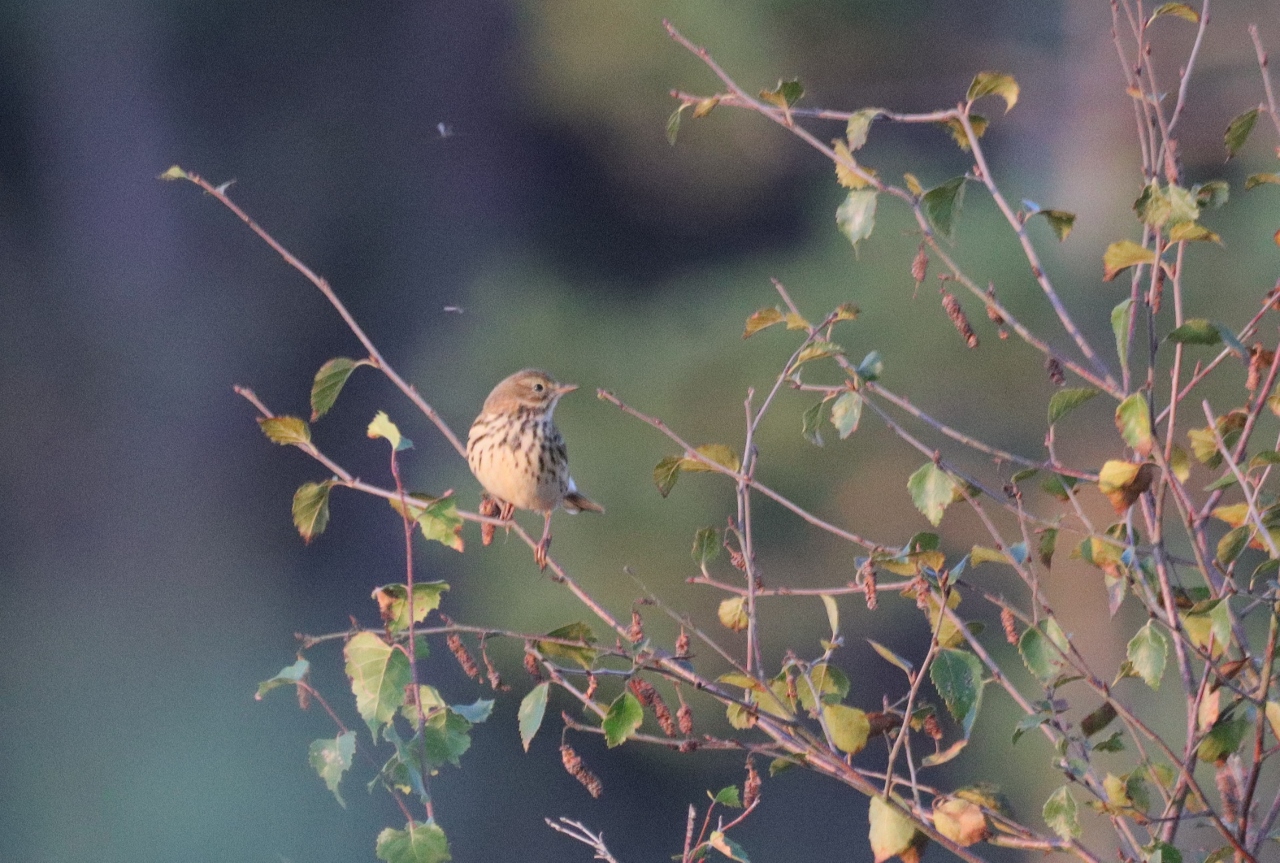
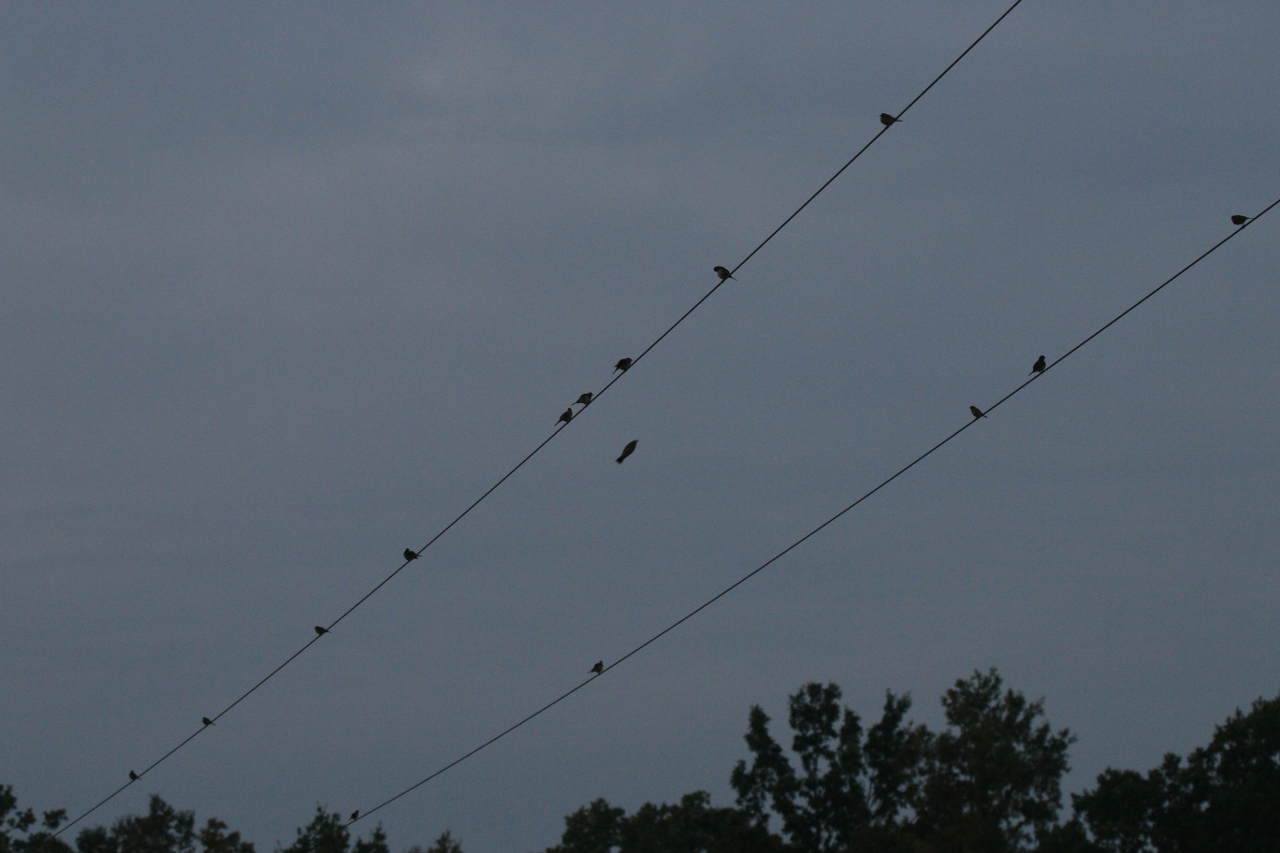
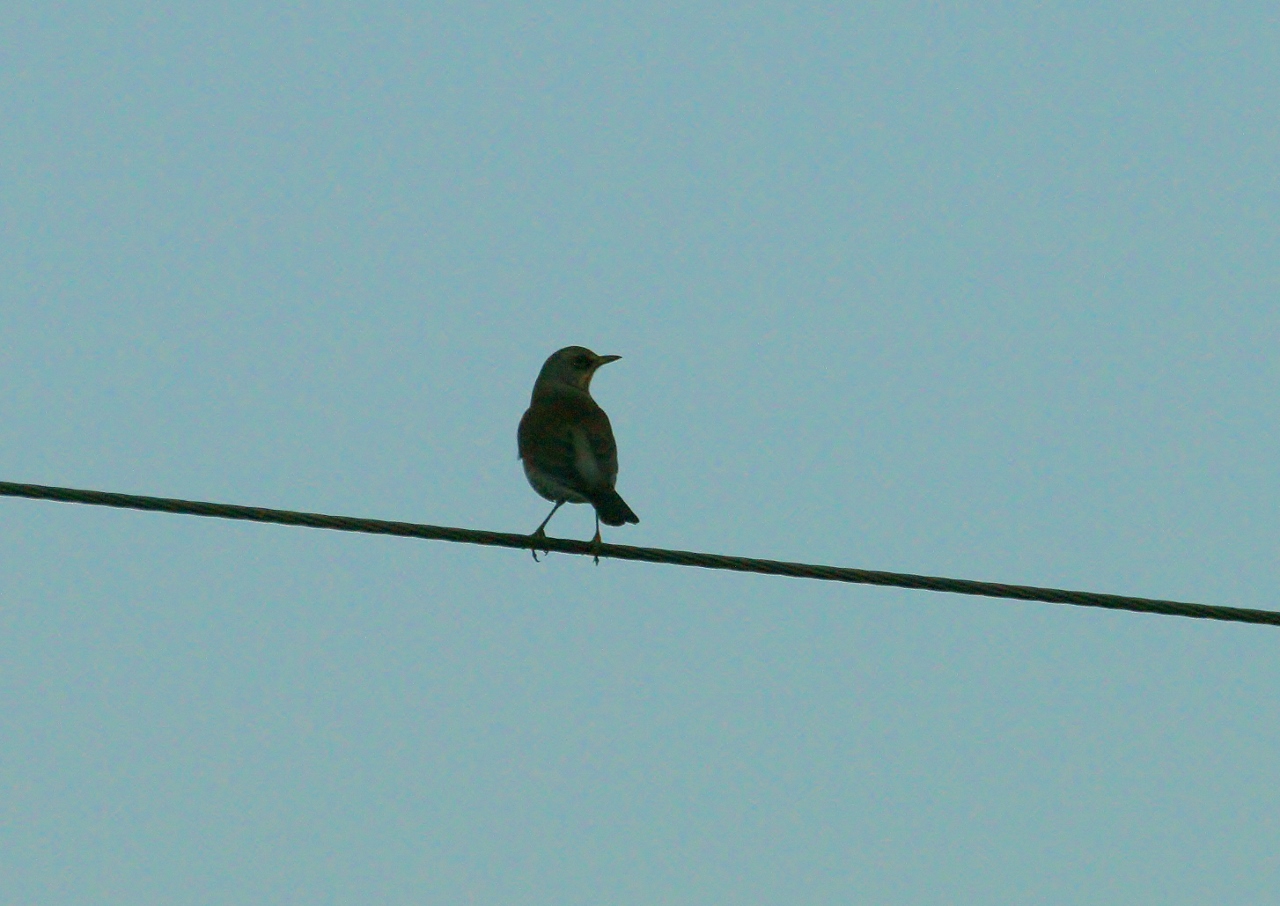


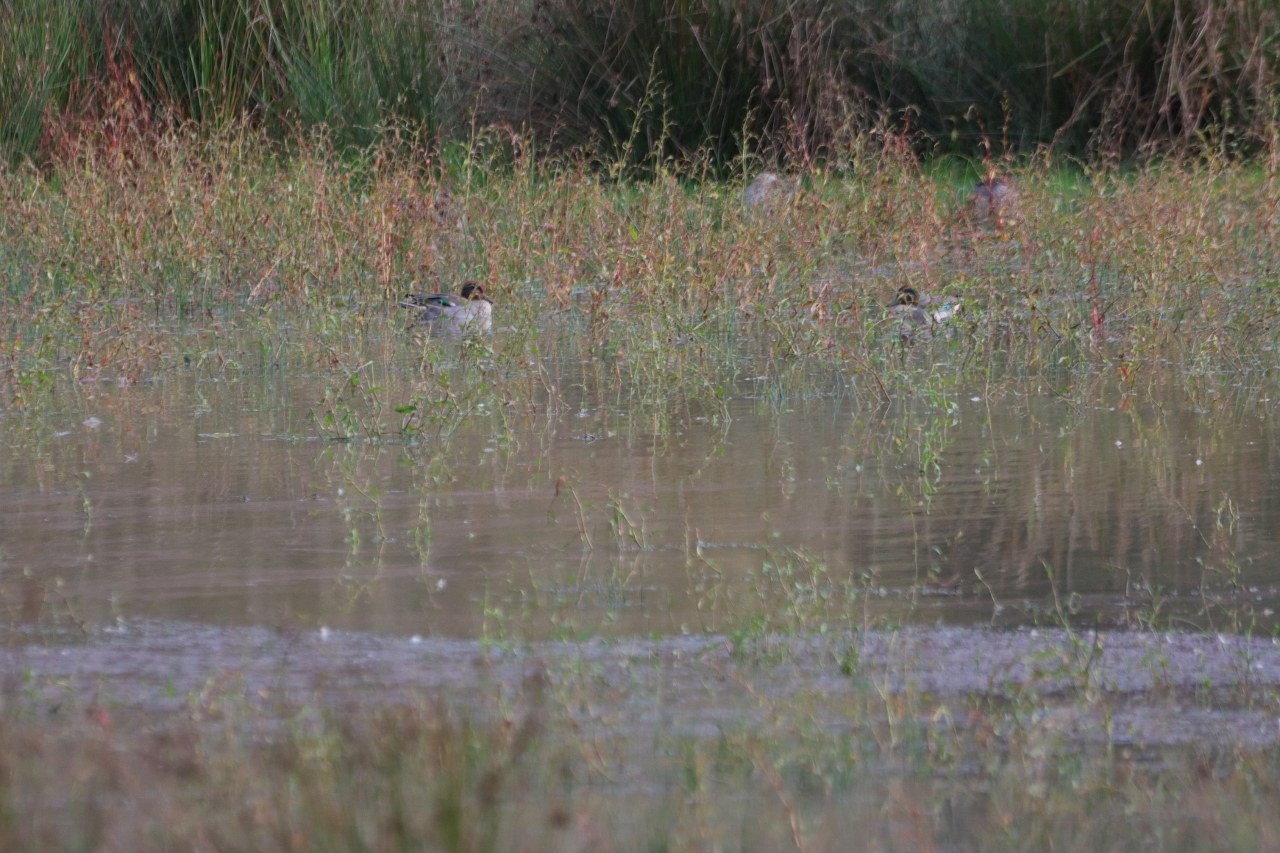
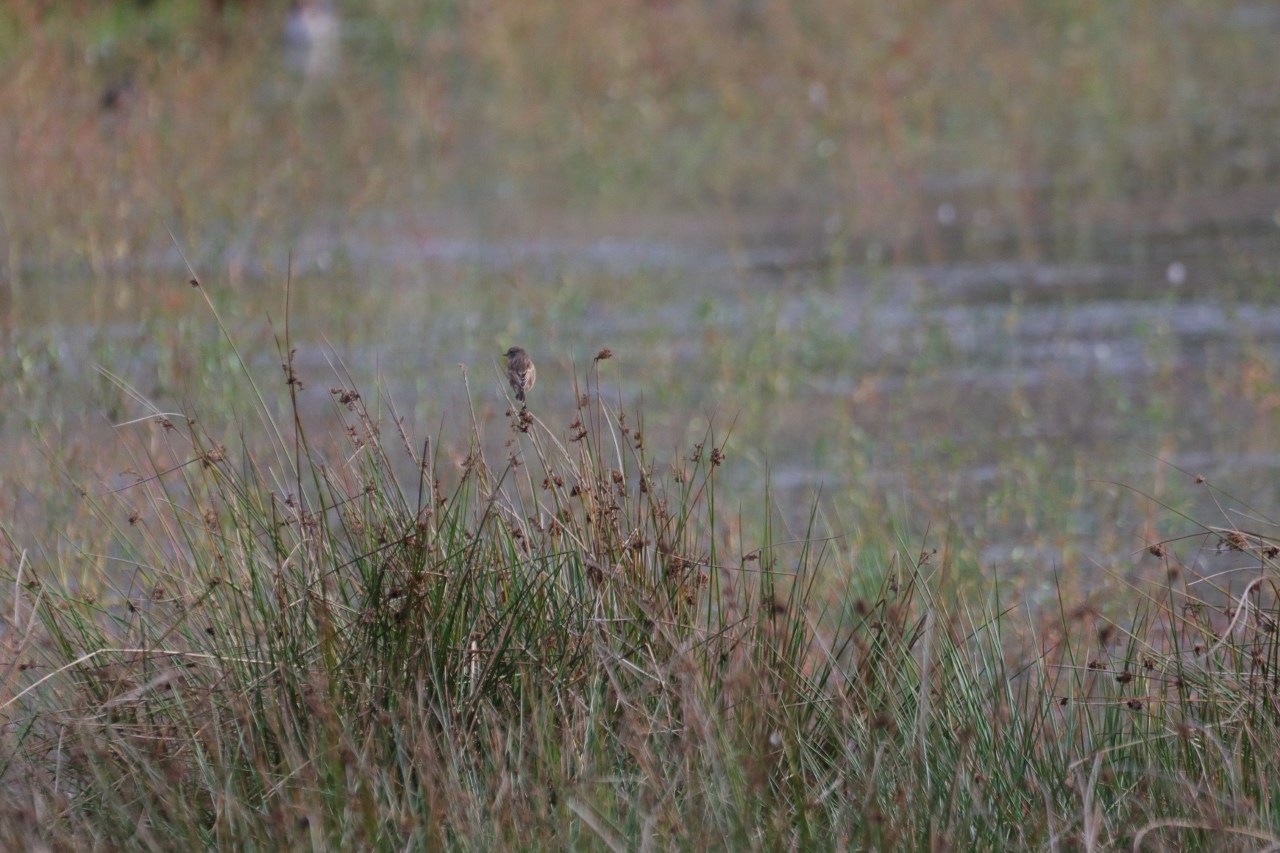
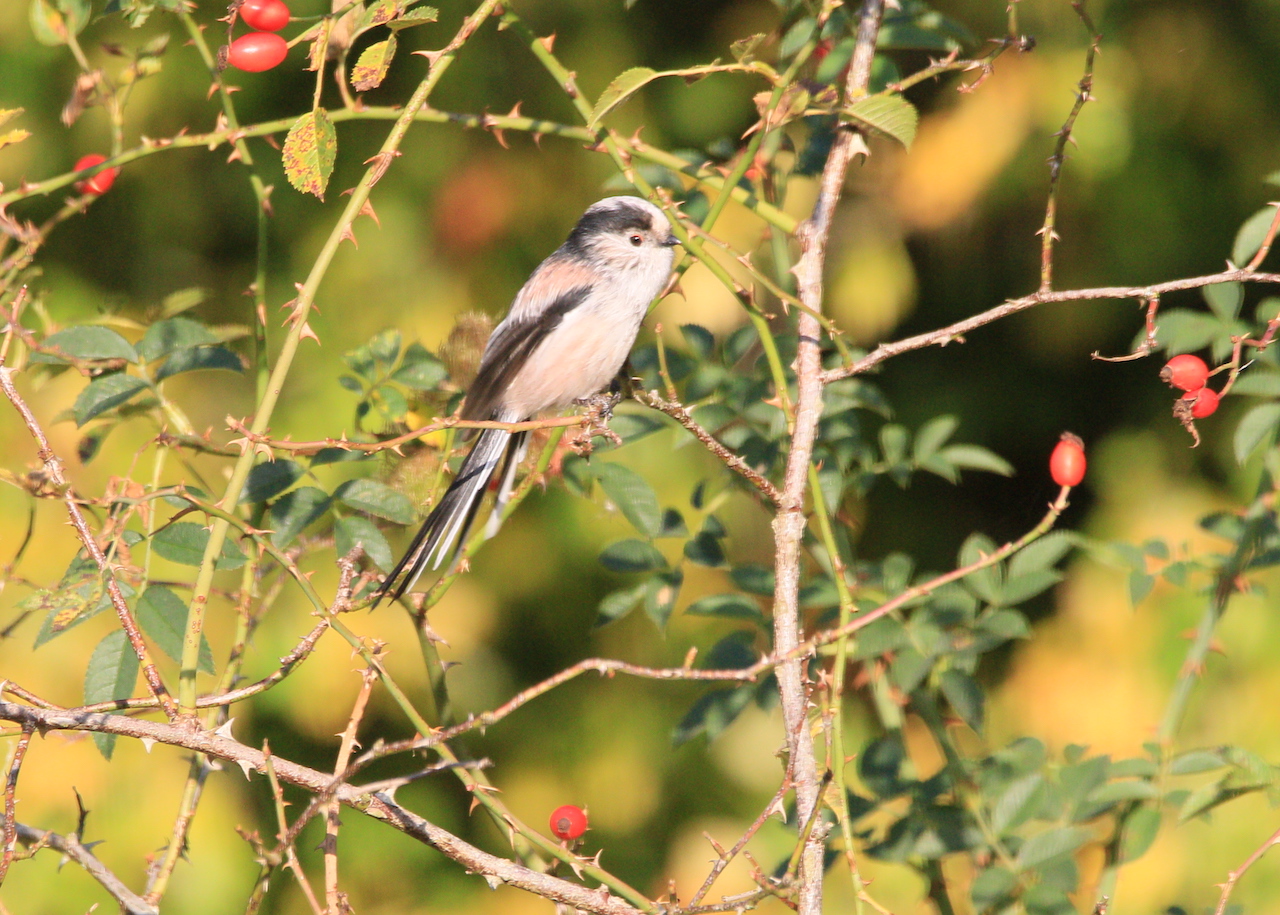
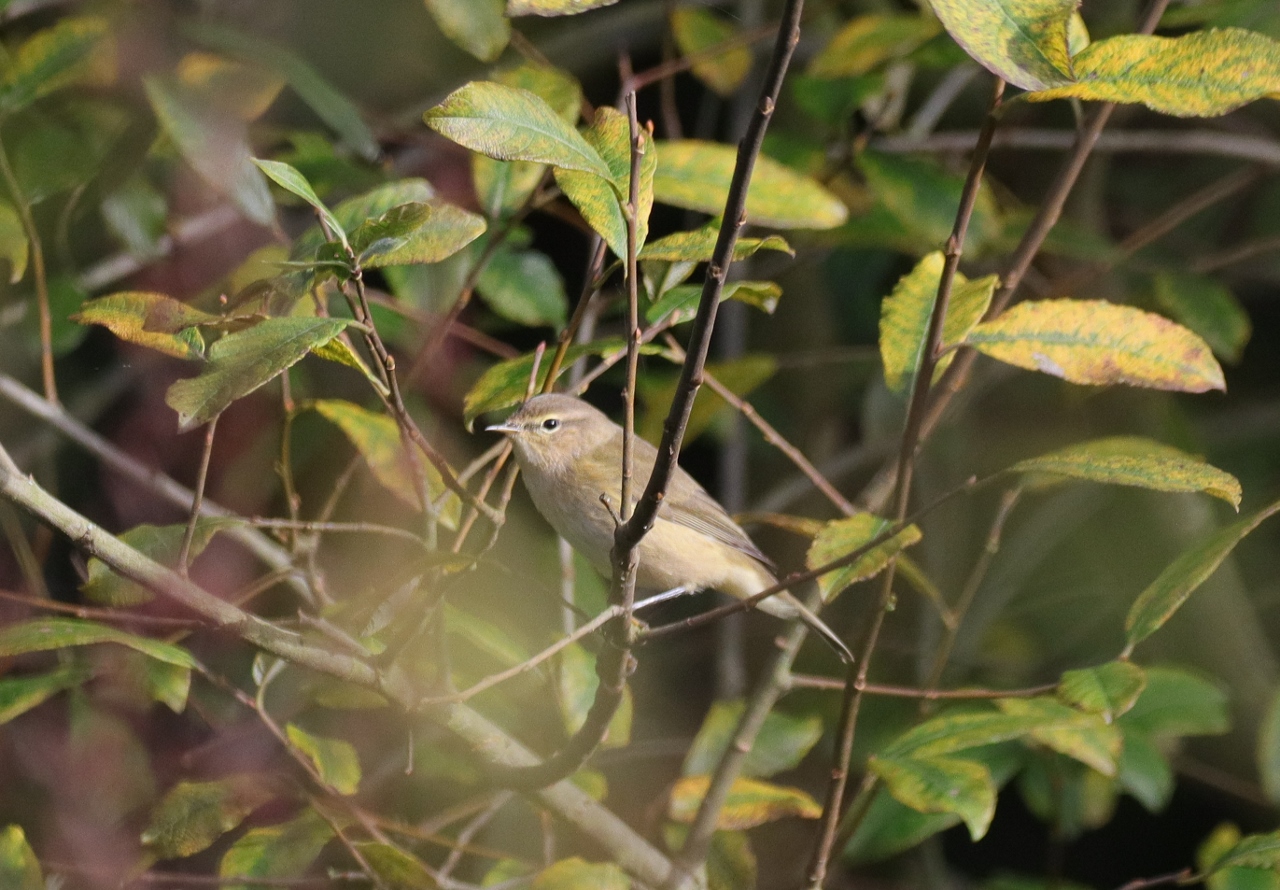

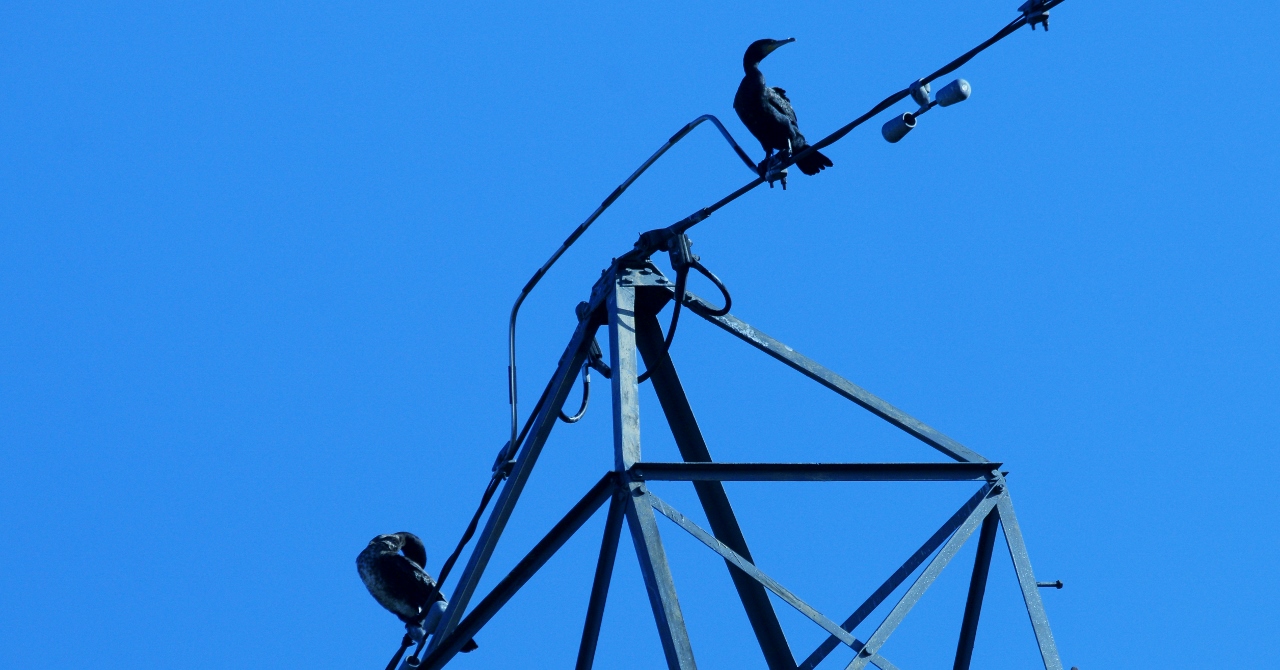

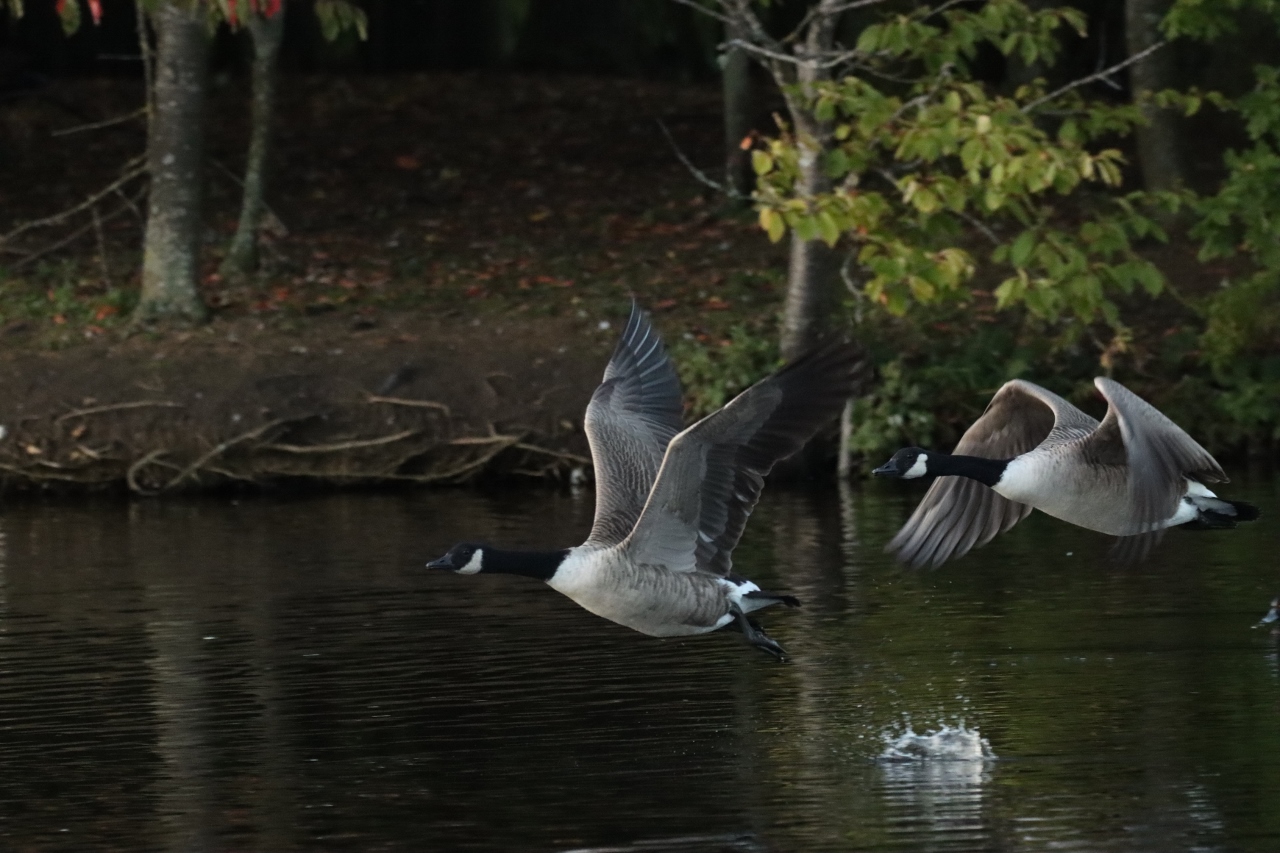
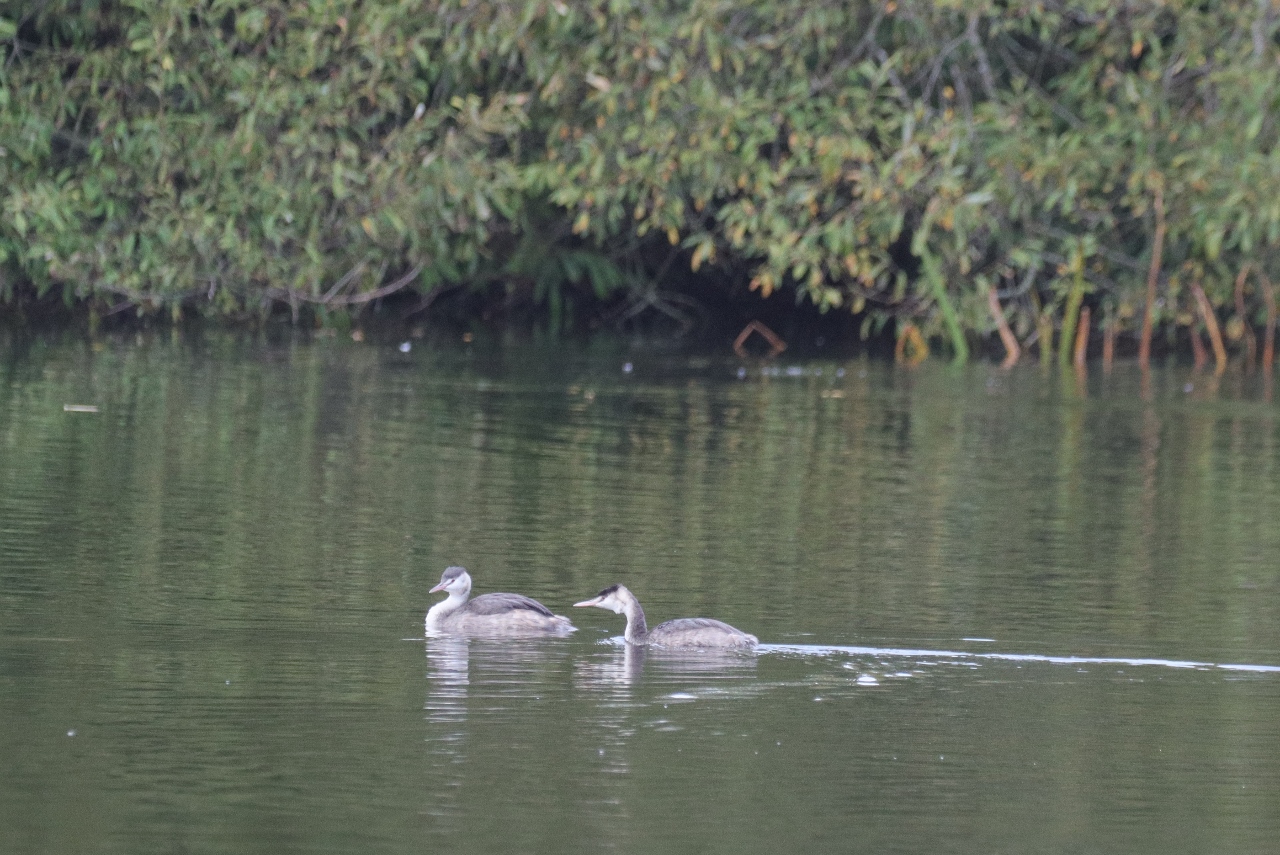
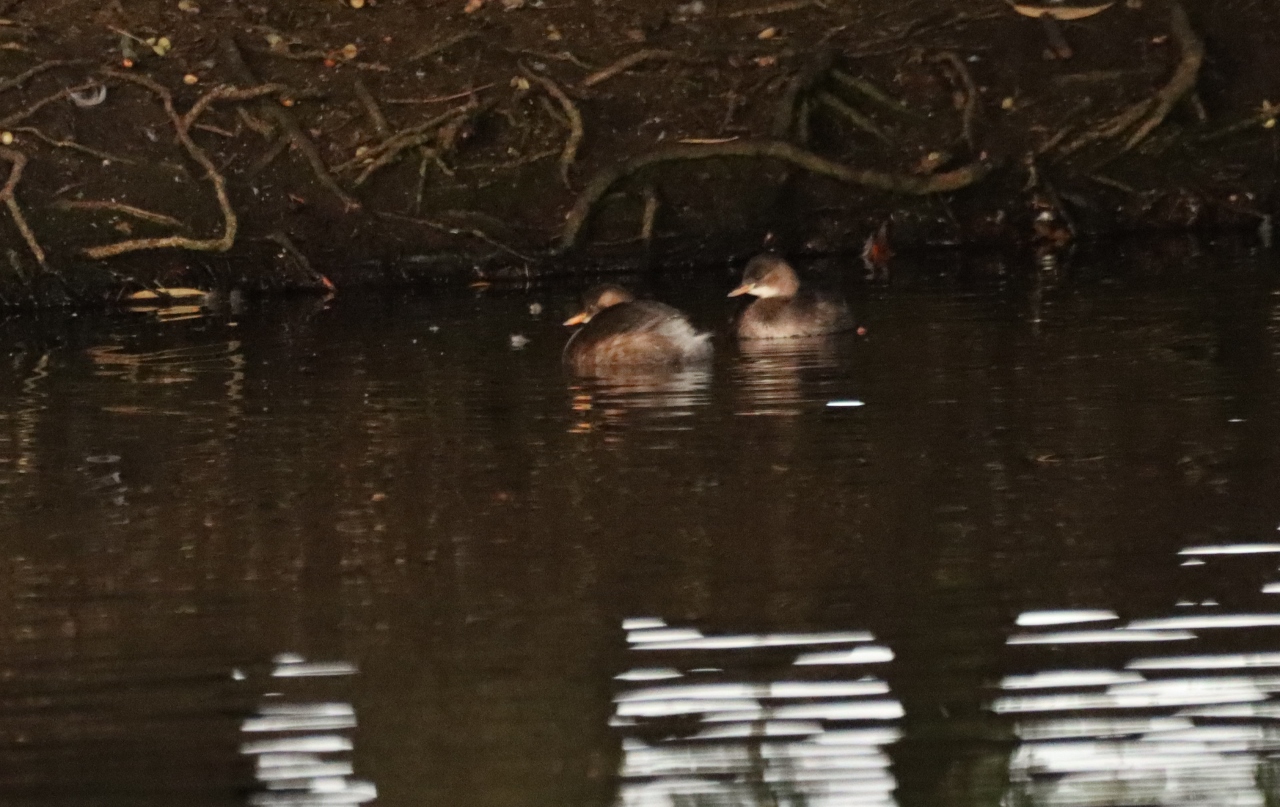
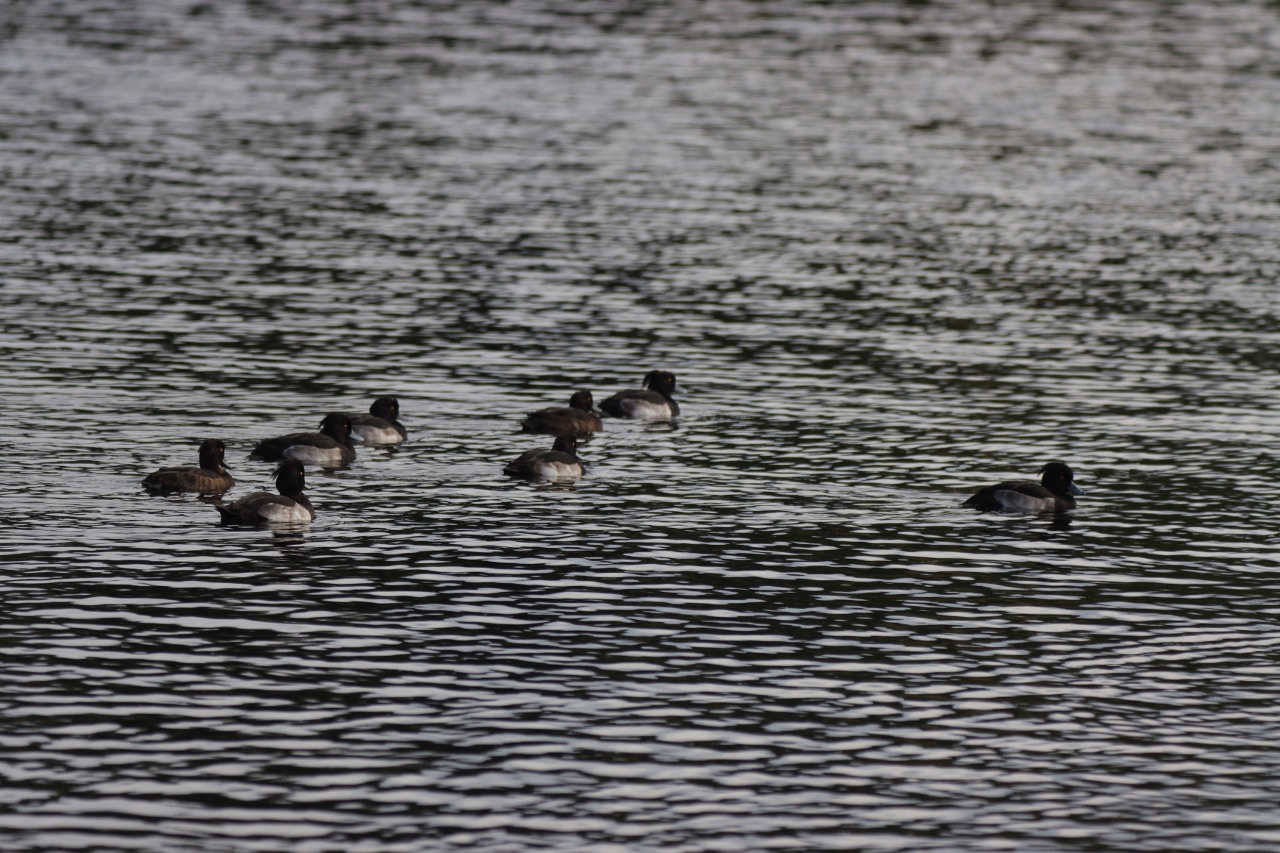

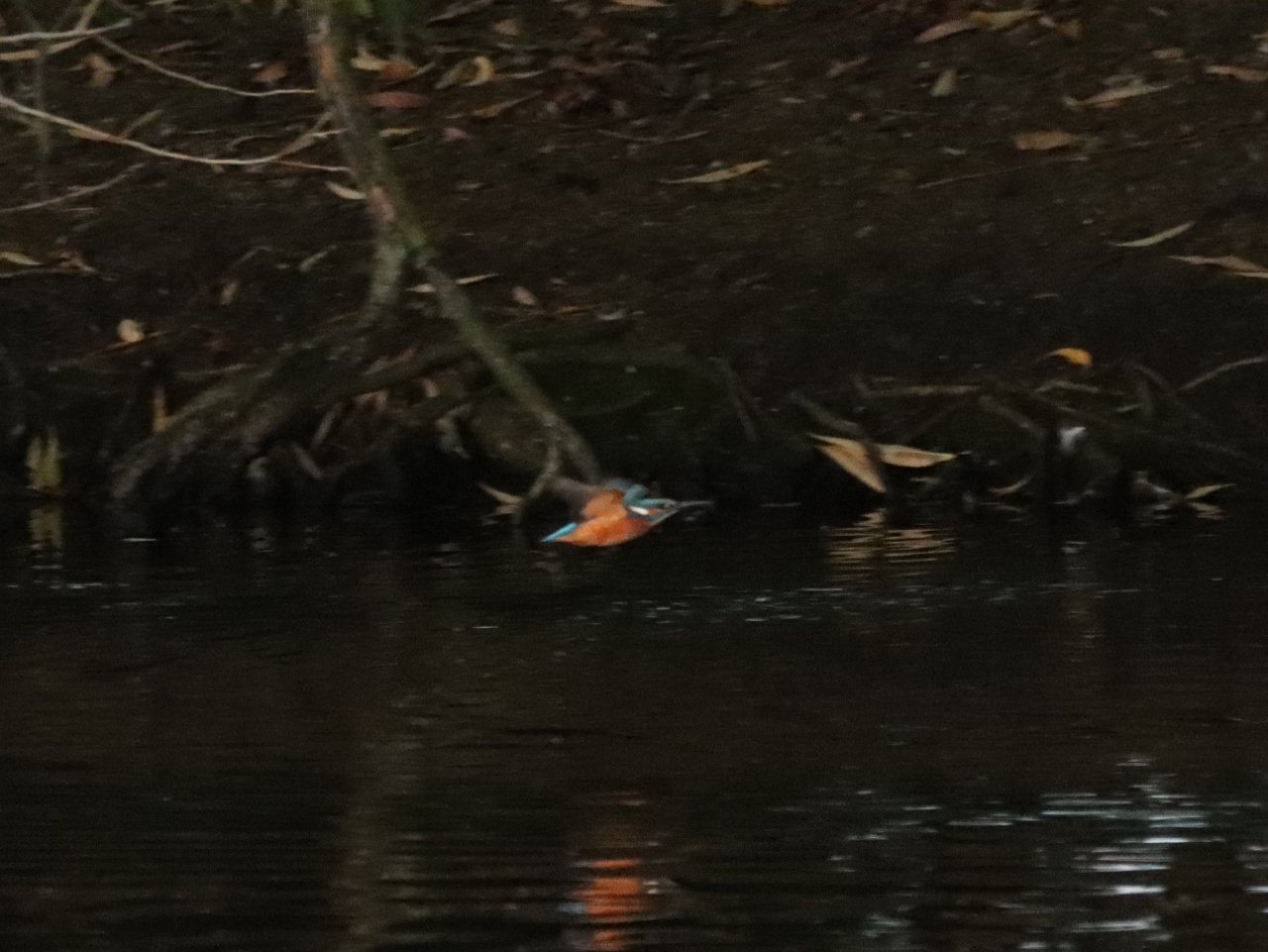
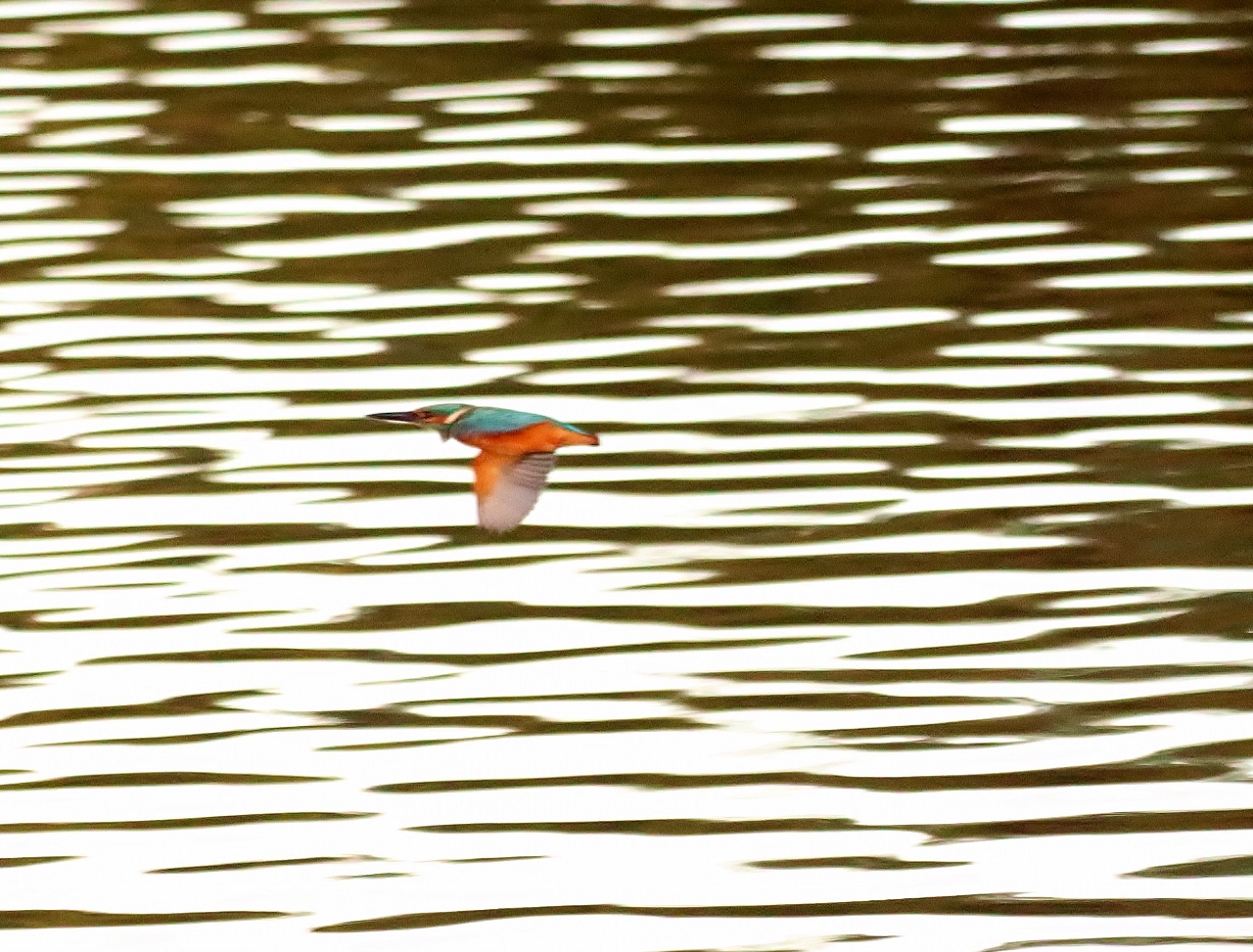
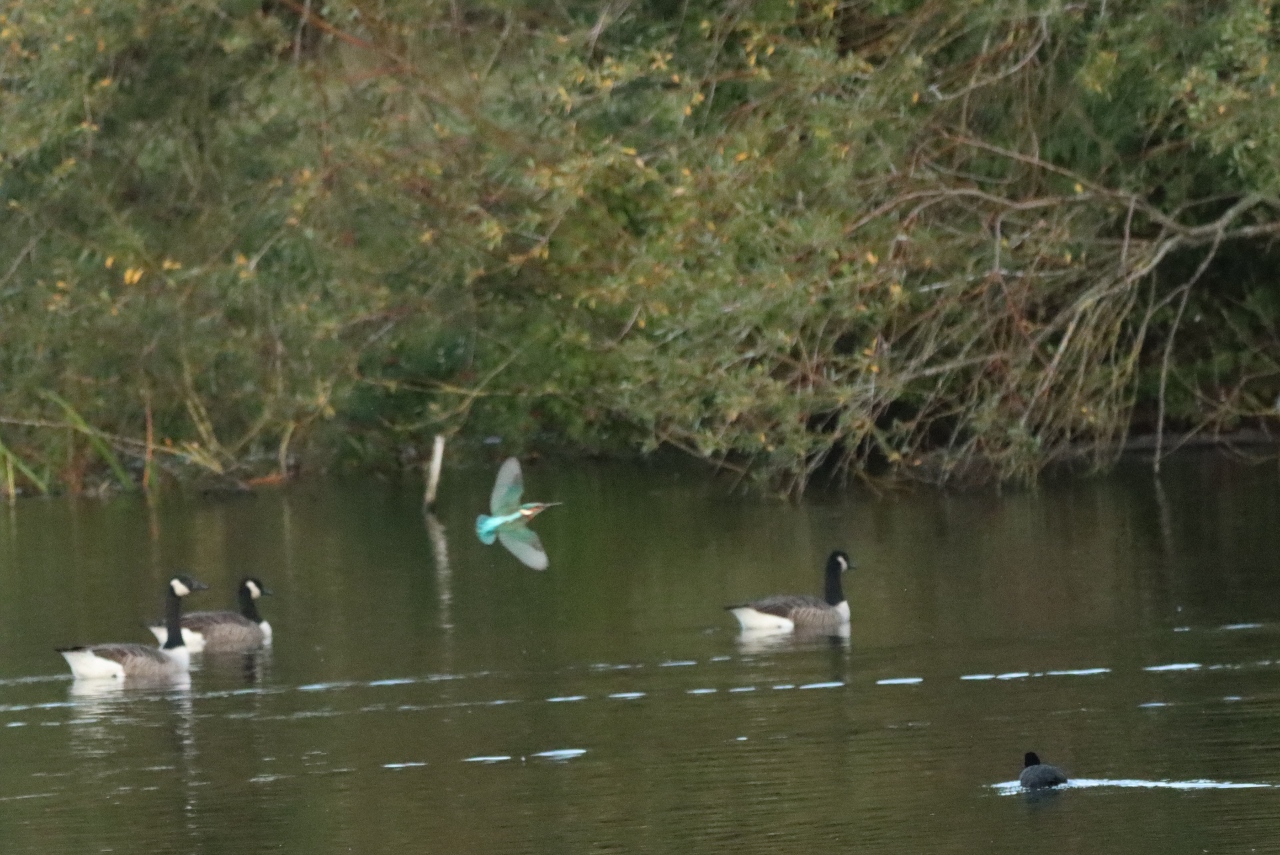
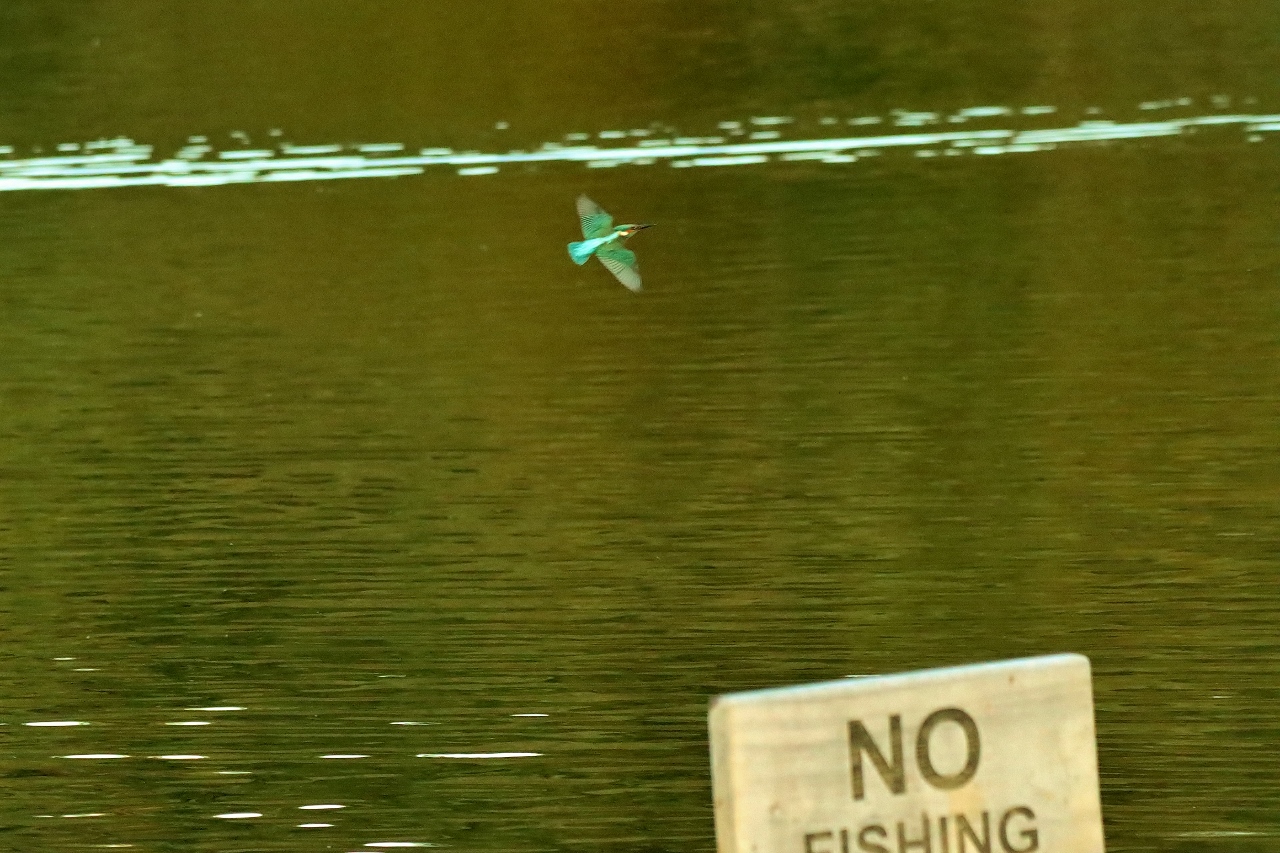






Robert Frost-Bridges
November 10, 2019 at 7:44 pm
Some wonderful photos there Malcolm.
Matt Krailing
November 10, 2019 at 8:38 pm
Some fantastic shots as always, Malcolm. I really enjoy seeing the great selection of wildlife on our doorstep. Keep them coming.
Sue Hackman
November 11, 2019 at 6:04 pm
Looking at your photographs was the highlight of my day. Lovely.
Roy Fiander
November 12, 2019 at 6:21 pm
Great web site glad I discovered it.